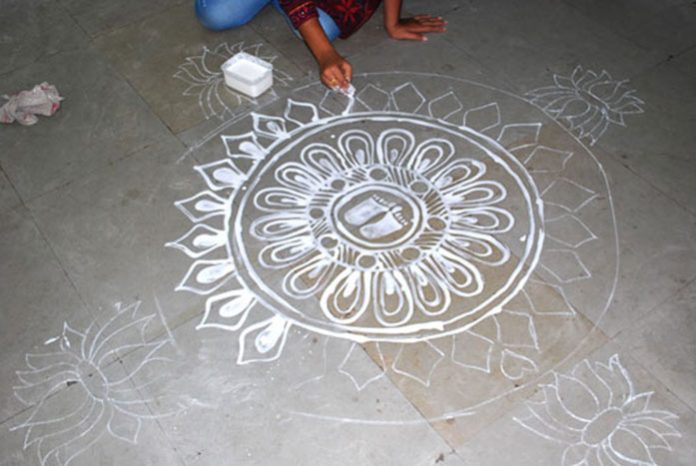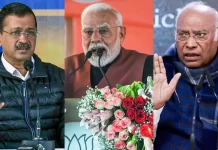Bhubaneswar: 18.01.2020:
The Lakshmi Purana is a purana was written in the 15th century by Balaram Dasa, a major poet of Odia literature who is often considered the senior most poet in the Age of Panchasakha. The poem is recited even today during observance of the Lakshmi Puja or Manabasa Vrat which is celebrated on all Thursday of the month Margashir (December- January).
The Purana describes the social structures and gender inequality persisting in the society. As in purana , once the goddess Lakshmi visited Shriya, a scavenger low caste women, for which Balaram, the elder brother of Jagannath (lord Vishnu) got angry with Lakshmi and she was thrown out from Lord Jagannath temple of Puri. Lakshmi leaves the temple and avenges the insult by cursing her husband and elder brother-in-law to go through a prolonged ordeal without food, water or shelter.
This festival symbolizes women’s empowerment at the same time persuades various other dogmas and taboos on women as well. The Scripture that is meant to be read or heard and also followed strictly by the women, prescribes the does and don’ts for women as these actions will characterise women as good or bad. The concept of good and bad women had been inscribed in our religious scriptures that certifies women in terms of their daily routine and sets rules for behaving in a certain manner to fit into a frame that would decide their categories.
It is interesting to mention that Goddess Lakshmi raises voice against the evil practices of untouchablility in society thereby stresses importance on feminism and showcase the female power to resist male hegemony. Though in the text several contradictions inherent, like no outsider, not even a married daughter, is to partake in the ceremony or accept the Prasad, even though Goddess Lakshmi herself demands of Jagannath that Brahmins and chandals should accept food from one another’s hand. Lakshmi’s manner of revolt provides us with fascinating insights where women sabotage the ideology of servitude, even while she enjoins women to consider worship of husband as the highest vrat. Although she herself launches a fierce revolt against her own husband tyranny towards her and his refusal to consider certain caste as equal to others. She returns to the house only when she made her husband accept humane and egalitarian value system as well as her own autonomy. The feminist movement is perhaps the first attempt in Odisha as a ritual form of Lakshmi puja.
There’s a symbolic preaching on caste hierarchies operating in society in this mythology. This puja also indicates the freedom of choice and movement of women and how the women are an important and strong pillar of the household. It enriches the fact that women are associated with the socio- economic prosperity of a family. It clearly dictates that the behaviour and actions of a woman is the sole decider of their characteristics.
-Dr. Arpita Mishra




















